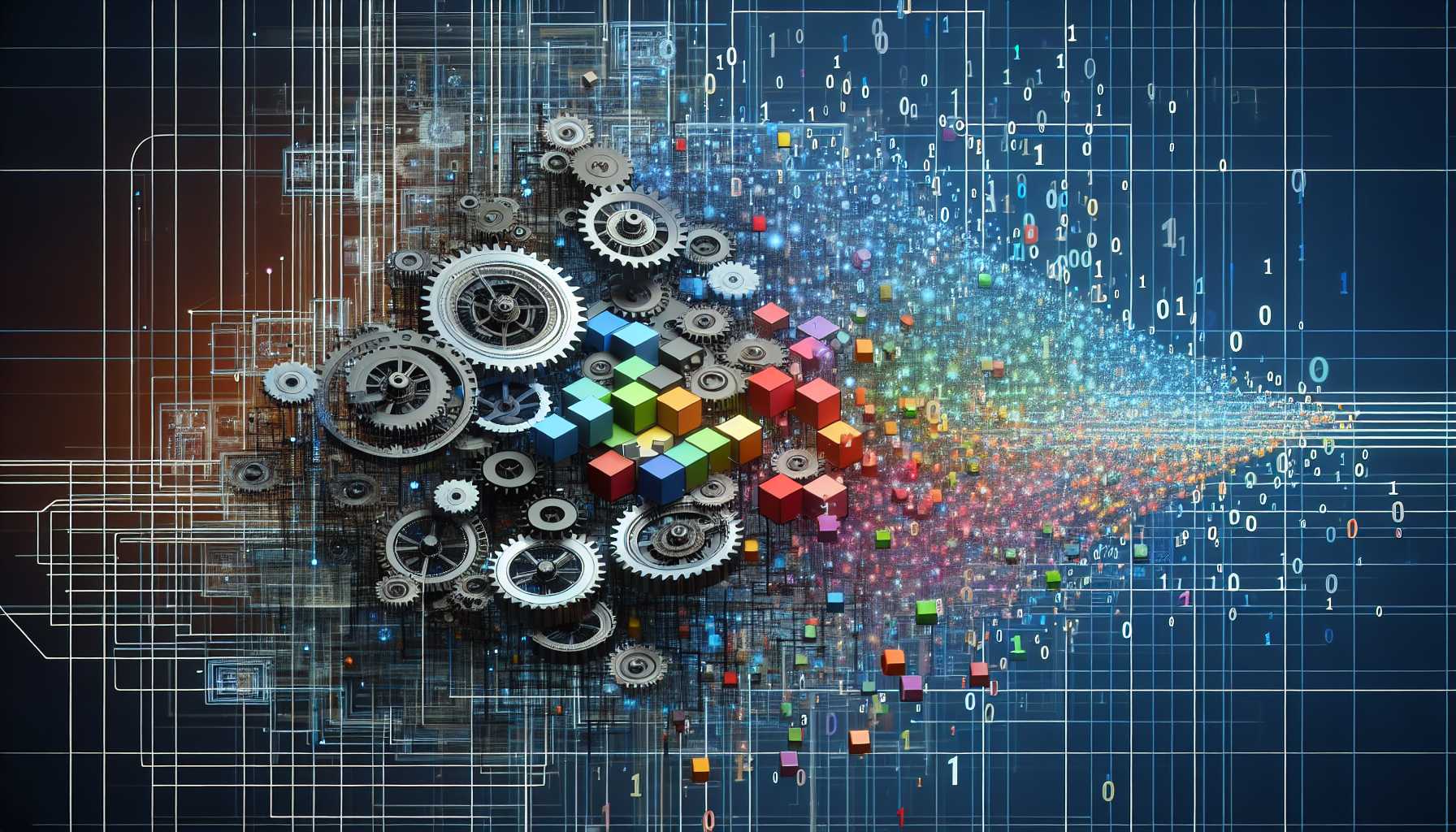Introduction: The Rise of AI-Synthesized Data
Imagine a world where Artificial Intelligence (AI) systems are trained exclusively on data generated by other AIs—no human intervention required. This futuristic proposition might sound like science fiction, but it’s gaining traction in the tech world. With real-world data getting harder to acquire, tech giants like Anthropic, Meta, and OpenAI are experimenting with AI-synthesized data as an alternative to human-generated annotations. But what does this mean for the future of AI, and what implications does it have for both AI capabilities and ethical standards?
As a tech investor, I’ve observed firsthand the relentless pursuit of efficiency and innovation in this industry. This evolution toward synthetic data is certainly intriguing, and it raises many questions about the balance between technological advancement and ethical considerations.
Understanding AI’s Need for Data
AI systems, particularly those driven by machine learning, are essentially statistical engines that learn from large sets of examples. To make predictions—like identifying spam emails or recognizing objects in photos—they rely heavily on annotated data, which guides them in distinguishing between different items and concepts. The market for data annotation has exploded in recent years, costing companies millions as they strive to feed the insatiable AI hunger. While this process creates jobs, it also exposes issues regarding fairness and representation, especially when data annotation work is often offshored to developing countries under less-than-ideal working conditions. Moreover, biases and human errors can seep into these annotations, potentially skewing AI models’ outputs.
The Data Dilemma: Why Synthetic Alternatives?
With the increase in data demand and tightening access to high-quality online datasets due to privacy concerns and licensing costs, AI firms are turning to synthetic data. Synthetic data is generated by algorithms and can fill in gaps while minimizing ethical concerns related to data sourcing. Comparatively, producing models with synthetic data is not only faster but surprisingly cost-effective. This represents a significant shift, positioning synthetic data as a potential game-changer in AI development—similar to how recycling revolutionized manufacturing. However, the creation and use of synthetic data aren’t without pitfalls. If the seed data (initial data from which synthetic data is generated) is flawed, the faults perpetuate through generations of syntheses—a phenomenon known as “garbage in, garbage out.” This could lead to a gradual erosion of a model’s quality and diversity.
Synthetic Data’s Potential and Pitfalls
In practice, the use of synthetic data is visible across various technology domains. Companies are creating AI models trained predominantly on this type of data, offering a glimpse into what’s possible. OpenAI, for instance, extends the functionality of its GPT model suite using synthesized data, showcasing a future where AI can augment its own learning pipelines. However, there are substantial risks involved. Synthetic data carries the risk of encapsulating biases present in the foundational data used to generate it. These biases can be magnified overtime, leading to less diverse and more homogeneous AI outcomes. Moreover, a study by Stanford identified potential feedback loops in AI systems extensively using synthetic data, leading to degraded performances across generations of AI development.
The Reality Check: Why AI Isn’t Yet Smarter Than a House Cat
Touting powerful algorithms, today’s large language models (LLMs) like those developed by Meta face limitations that even renowned AI researcher Yann LeCun highlights. While LLMs handle linguistic tasks effectively, they lag in true intelligence aspects such as reasoning, planning, and understanding real-world physics—traits still elusive in AI systems. Despite their linguistic fluency, these models falter at mundane tasks like counting letters in words—a limitation rooted in their token-based architecture. While clever workarounds exist, like employing programming snippets to perform more logic-driven functions, they reveal the models as sophisticated parrots rather than true thinkers.
As an expert, my forecast for the AI space reflects a cautious optimism. We stand on the cusp of revolutionary changes, but our progress will depend critically on how we address the ethical, technical, and practical hurdles posed by synthetic data in AI training.
The Path Forward: Balancing Innovation and Ethics
Synthetic data holds immense potential to drive AI development forward by providing an expansive, cost-effective alternative to traditional data sources. However, it raises significant concerns over quality, diversity, and bias. As AI continues to integrate into our daily lives, the industry must advance carefully, focusing on ethical sourcing and thorough validation processes to ensure AIs are informed by complete and representative datasets.
In conclusion, while the dream of AI self-training itself remains a theoretical possibility, it’s not ready to replace the nuanced understanding and input that humans provide. A hybrid model that can pair existing data quality with synthetic novelty might be our best path forward.






